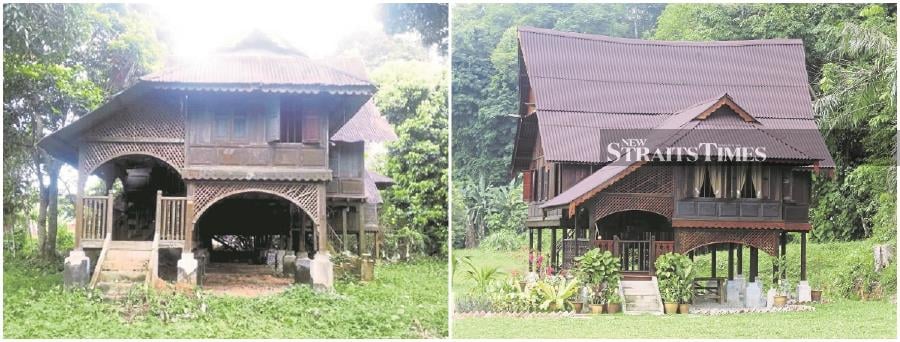Reviving the kampung house January 13, 2020 – Posted in: In The News
Association hopes to boost appreciation of Malay architecture
28 Dec 2019
Nuradzimmah Daim
WHEN one mentions Malay architecture, images of wooden village houses with carvings and everything traditional would normally come to mind. But for architect Mior Zawari Hassan, there is more to that.
He added that Malay architecture symbolised the community’s innovation and harnessing of nature’s resources, while giving soul to their work that embodied their cultural identity.
“While many people say it’s difficult or expensive to build a traditional house as it requires wooden material for the most part, Malay architecture can adapt to modern times,” said Mior Zawari, who is Malay Architecture Lovers’ Association president.

For example, a traditional Malay house can be constructed using materials like steel plates as well as modern processes, instead of the traditional wood and nail method.
“It is how well we can adapt using resources available today.
“For this reason, I feel that it is important that we share the knowledge of Malay architecture with others, not only with those in the architecture industry, but the general public as well.
“In fact, the membership of this association is open to all, and not just architects.
“We hope to increase public awareness and hopefully appreciation of Malay architecture, ” he told New Straits Times recently. According to Mior Zawari, the association would hold its first Malay architecture seminar at D’Village @Victoria Bridge in Karai, Kuala Kangsar, Perak on Ian 20.
“Instead of holding the seminar in a hotel in the city, we feel that it’s better to bring participants to the resort, built with Malay design but with modern materials.
“They will be able to see and get a better understanding of the whole concept. We feel compelled to do something before it becomes a forgotten art.
“Hopefully, the next generation can carry on the Malay architecture legacy, ” said the Perak-born Mior Zawari, who came up with the idea of setting up the association after attending the Sustainable Malay Architecture Forum in 2017.
Architect Mohd Kamaludin Adam agreed, saying: “Malaysia has been looking for a national identity since independence. A lot of local architect graduates came to the fore with their ideas in the 1970s.
“There were a lot of attempts to showcase Malaysian elements in buildings during that time.”
Kamaludin felt one element stood out, which was the roof.
“One good example is the National Mosque.
“Instead of the usual dome design commonly associated with mosques, it has a folded plate roof, which people called payung Negara (that symbolises the royal umbrella), which is more suitable to the tropical weather,” he said, adding that the National Mosque reflected a modern interpretation of Malay architecture.
He, however, lamented the challenges faced by local architects who had to meet market demands, hindering creativity in their designs.
“This is where the authorities like the Housing and Local Government Ministry can introduce innovative policies and strategies to encourage local architects to express their creativity.
“For example, they can engage local architects to design government buildings and encourage them to showcase local cultures instead of adopting designs from foreign countries.
“This is among the issues that will be discussed during the seminar,” said Kamaludin, who will deliver a paper titled “Traditional+Modern: Hybrid Architecture.”
For more information, visit www.senibinamelayu.com.my or call 03-41089990
This article originally appeared in New Straits Times on 28 Dec 2019
